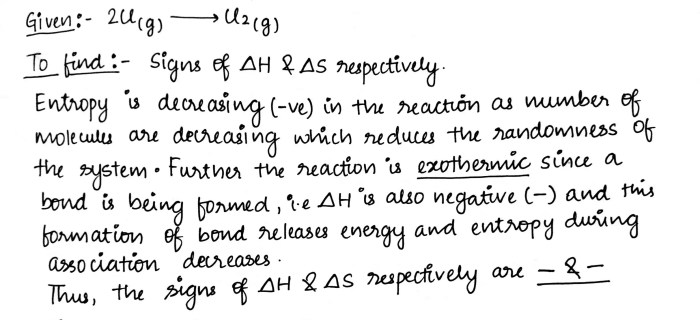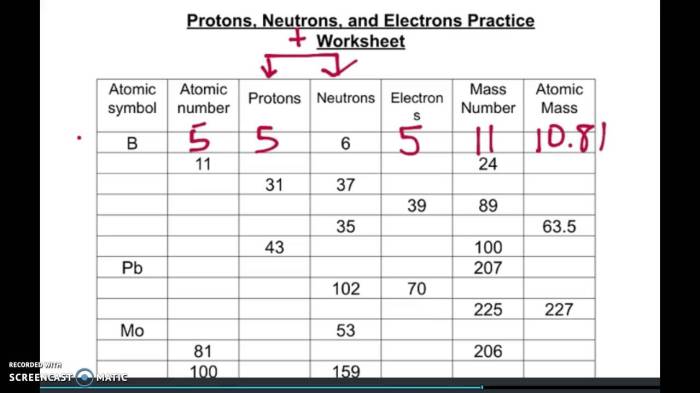The ionic and covalent naming worksheet is an essential tool for students learning about chemical nomenclature. This worksheet provides a comprehensive overview of the rules for naming ionic and covalent compounds, with clear explanations and examples. By working through the practice problems in this worksheet, students can develop a strong understanding of chemical nomenclature and its applications.
In this worksheet, we will explore the fundamental differences between ionic and covalent compounds, learn the rules for naming each type of compound, and practice applying these rules to a variety of chemical formulas. Through this interactive and engaging learning experience, students will gain a deeper understanding of the principles of chemical nomenclature and its importance in the field of chemistry.
Ionic and Covalent Compounds: Ionic And Covalent Naming Worksheet
Ionic and covalent compounds are two main types of chemical compounds that differ in the nature of the chemical bond that holds the atoms together.
Ionic Compounds
Ionic compounds are formed by the transfer of electrons from one atom to another, resulting in the formation of positively charged ions (cations) and negatively charged ions (anions). The electrostatic attraction between these ions holds the compound together.
- Formed between a metal and a non-metal
- Atoms lose or gain electrons to achieve a stable electron configuration
- Held together by strong electrostatic forces
- Typically have high melting and boiling points
- Are often soluble in water and conduct electricity in solution
Examples:
- Sodium chloride (NaCl)
- Potassium fluoride (KF)
- Calcium oxide (CaO)
Covalent Compounds, Ionic and covalent naming worksheet
Covalent compounds are formed by the sharing of electrons between atoms. The shared electrons form a covalent bond, which holds the atoms together.
- Formed between two non-metals
- Atoms share electrons to achieve a stable electron configuration
- Held together by covalent bonds
- Typically have lower melting and boiling points than ionic compounds
- Are often insoluble in water and do not conduct electricity
Examples:
- Water (H 2O)
- Carbon dioxide (CO 2)
- Methane (CH 4)
Naming Ionic Compounds
Ionic compounds are formed when a metal loses one or more electrons to a nonmetal. The metal becomes a positively charged ion, called a cation, and the nonmetal becomes a negatively charged ion, called an anion. The two ions are attracted to each other by their opposite charges, forming an ionic bond.
The rules for naming ionic compounds are as follows:
- The cation is named first, followed by the anion.
- The cation is given its name, while the anion is given its root name followed by the suffix “-ide”.
- If the metal can form more than one cation, the charge of the cation is indicated using Roman numerals in parentheses after the metal name.
| Formula | Name |
|---|---|
| NaCl | Sodium chloride |
| MgO | Magnesium oxide |
| Fe2O3 | Iron(III) oxide |
| CuCl2 | Copper(II) chloride |
Naming Covalent Compounds
Covalent compounds are compounds formed when atoms share electrons to achieve a stable electron configuration. The naming of covalent compounds follows specific rules, which are explained below.
Rules for Naming Covalent Compounds
- The first element in the compound is named using the root of its element name.
- The second element in the compound is named using the root of its element name followed by the suffix “-ide.”
- Prefixes are used to indicate the number of atoms of each element in the compound. The prefixes used are mono-, di-, tri-, tetra-, penta-, hexa-, and so on.
- If the compound contains a polyatomic ion, the name of the polyatomic ion is used instead of the suffix “-ide.” Examples of polyatomic ions include hydroxide (OH-), nitrate (NO3-), and sulfate (SO42-).
Table of Examples
| Formula | Name |
|---|---|
| CH4 | Methane |
| H2O | Water |
| CO2 | Carbon dioxide |
| NH3 | Ammonia |
| NaCl | Sodium chloride (ionic compound, not covalent) |
Practice Problems
To enhance your understanding of ionic and covalent compound naming, practice the following problems.
Remember to apply the rules and concepts discussed in the previous sections to accurately name each compound.
Ionic Compounds
- Name the ionic compound with the formula NaCl.
- Write the formula for the ionic compound calcium oxide.
Covalent Compounds, Ionic and covalent naming worksheet
- Name the covalent compound with the formula CO 2.
- Write the formula for the covalent compound methane.
Answer Key
Ionic Compounds
- Sodium chloride
- CaO
Covalent Compounds
- Carbon dioxide
- CH4
Expert Answers
What is the difference between ionic and covalent compounds?
Ionic compounds are formed when a metal loses one or more electrons to a nonmetal, resulting in the formation of positively charged ions (cations) and negatively charged ions (anions). Covalent compounds, on the other hand, are formed when two or more nonmetals share electrons to form a covalent bond.
How do I name ionic compounds?
To name an ionic compound, you first need to identify the cation and the anion. The cation is named first, followed by the anion. The name of the cation is simply the name of the metal. The name of the anion is the root name of the nonmetal, followed by the suffix “-ide”.
How do I name covalent compounds?
To name a covalent compound, you first need to identify the prefixes that indicate the number of atoms of each element in the compound. The prefixes are: mono-, di-, tri-, tetra-, penta-, hexa-, hepta-, octa-, nona-, and deca-. The name of the first element is followed by the prefix that indicates the number of atoms of that element, followed by the name of the second element.
If the second element is a halogen, the “-ine” ending is changed to “-ide”.


